Rome, the Eternal City, is a treasure trove of history, art, and culture. Among its many gems, the Capitoline Museums stand out as a must-visit destination for anyone passionate about ancient history and Renaissance art. As the world’s oldest public museums, they offer a fascinating journey through time, showcasing some of the most iconic artifacts and artworks from Rome’s glorious past. Whether you’re a history buff, an art enthusiast, or simply a curious traveler, the Capitoline Museums promise an unforgettable experience.
In this blog post, we’ll take you on a virtual tour of the Capitoline Museums, uncovering their rich history, must-see masterpieces, practical tips for visitors, and much more. Let’s dive in!
A Glimpse into the History of the Capitoline Museums
The Capitoline Museums trace their origins back to 1471 when Pope Sixtus IV donated a collection of ancient bronze statues to the people of Rome. These statues, including the famous She-Wolf (Lupa Capitolina), became the foundation of the museum. Over the centuries, the collection grew, and the museums were officially established in 1734 under Pope Clement XII, making them the first public museums in the world.
Located on Capitoline Hill, one of Rome’s seven historic hills, the museums are housed in two magnificent buildings: the Palazzo dei Conservatori and the Palazzo Nuovo. These buildings face each other across the stunning Piazza del Campidoglio, designed by none other than Michelangelo himself.
Construction and Architecture
The architecture of the Capitoline Museums is a testament to the genius of Michelangelo, who redesigned the Capitoline Hill in the 16th century. The Palazzo dei Conservatori and Palazzo Nuovo showcase the grandeur of Renaissance architecture with their elegant facades, grand staircases, and harmonious proportions. The Piazza del Campidoglio, an open square designed by Michelangelo, serves as the central point connecting the two buildings. The museums’ interiors are equally impressive, with beautifully decorated halls and galleries that enhance the viewing experience.
Must-See Masterpieces at the Capitoline Museums
The Capitoline Museums boast an impressive collection of ancient Roman statues, medieval and Renaissance art, and archaeological finds. Here are some of the highlights you simply can’t miss:
1. The She-Wolf (Lupa Capitolina)
This iconic bronze statue of a she-wolf nursing Romulus and Remus, the legendary founders of Rome, is a symbol of the city’s origins. While the twins were added in the Renaissance, the wolf itself dates back to the 5th century BCE.
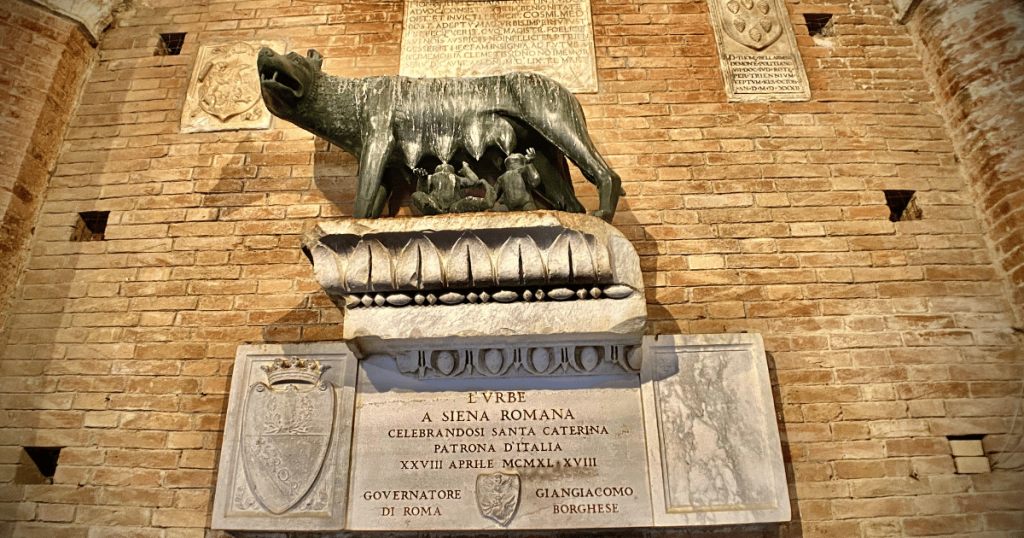
2. The Dying Gaul
This ancient Roman marble copy of a Hellenistic original depicts a wounded Gallic warrior in exquisite detail. The emotional intensity and realism of this sculpture make it a standout piece.
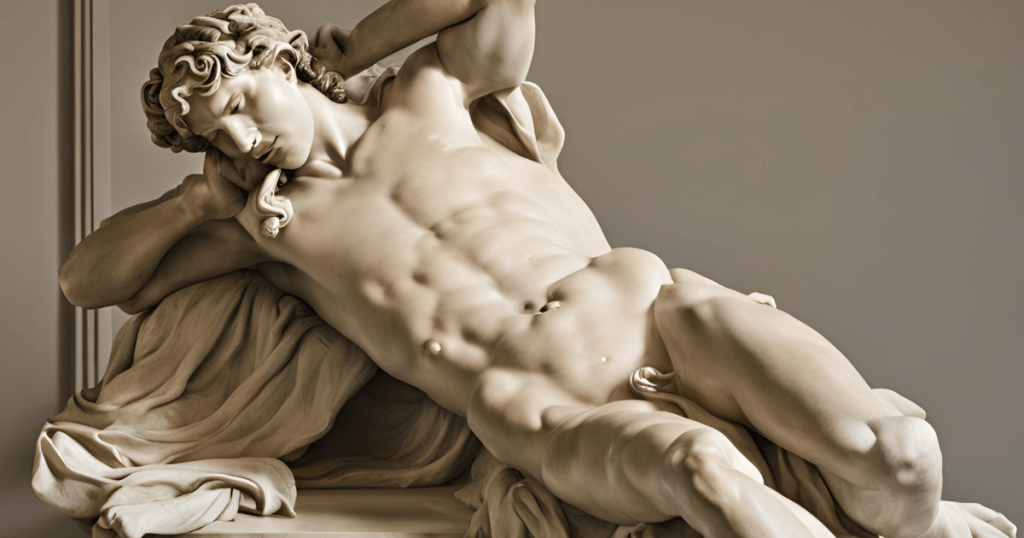
3. The Capitoline Venus
A stunning representation of the goddess Venus, this statue is a Roman copy of a Greek original. Its delicate beauty and graceful pose have captivated visitors for centuries.
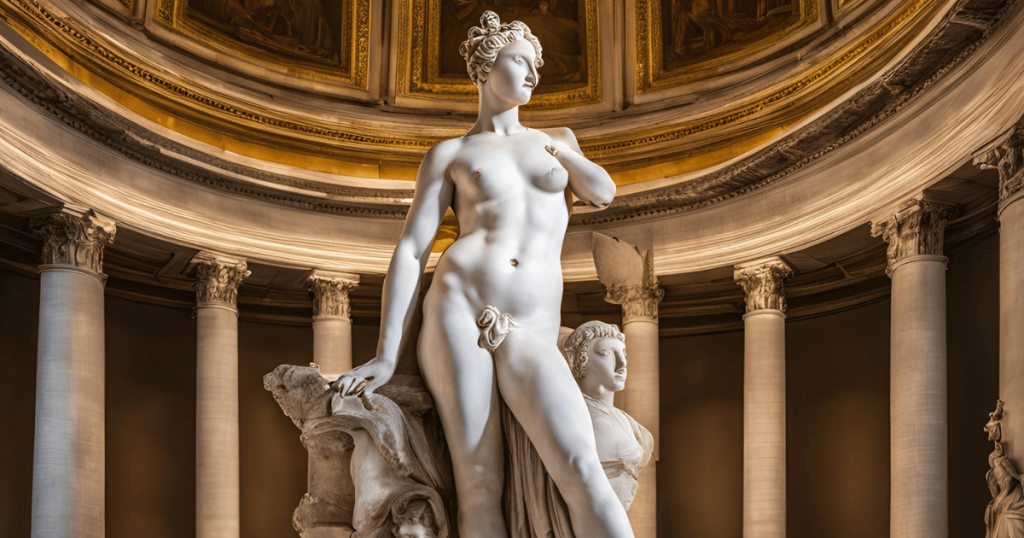
4. The Bust of Medusa by Bernini
This mesmerizing marble sculpture by Gian Lorenzo Bernini captures the tragic beauty of Medusa, her face frozen in a moment of transformation.
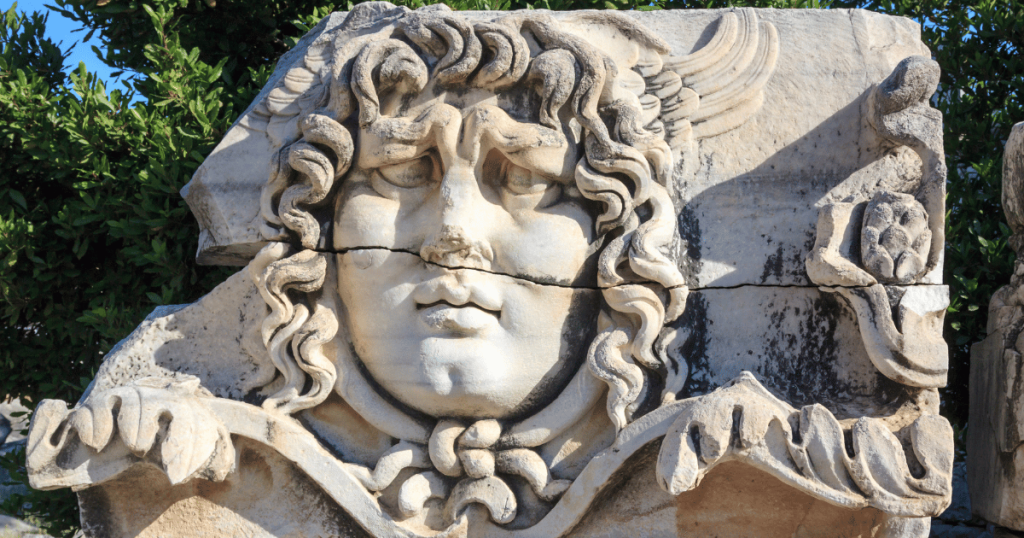
5. The Equestrian Statue of Marcus Aurelius
Located in the Piazza del Campidoglio, this larger-than-life bronze statue is one of the few surviving equestrian statues from ancient Rome. It’s a testament to the grandeur of Roman artistry.
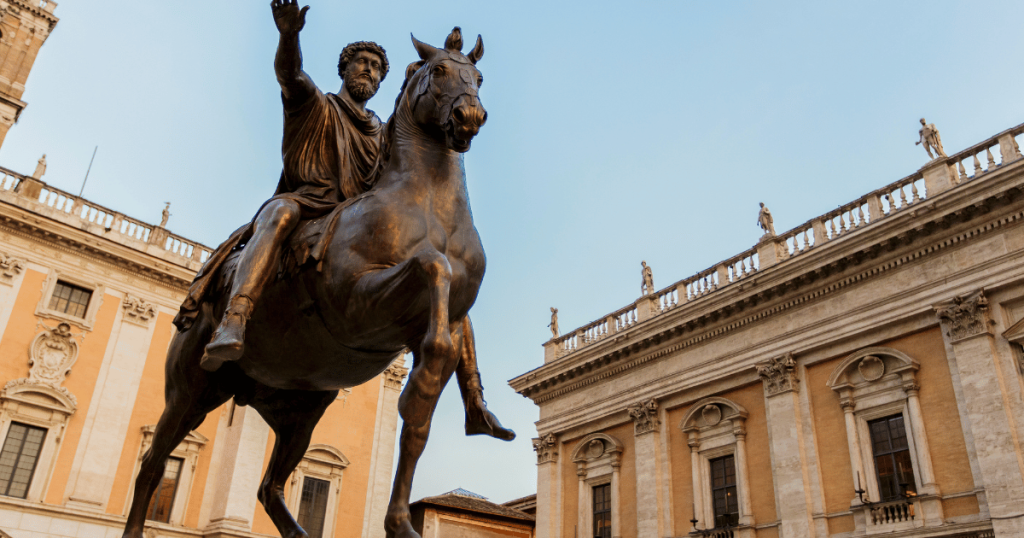
6. The Capitoline Pinacoteca
Art lovers will adore this gallery, which houses works by masters like Caravaggio, Titian, and Rubens. Don’t miss Caravaggio’s “St. John the Baptist” and “The Fortune Teller.”
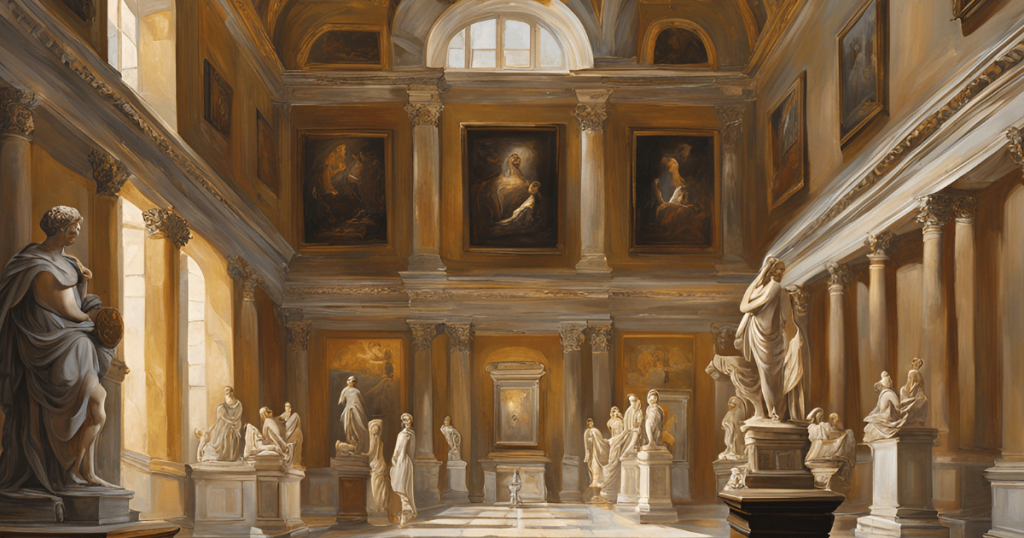
Special Events and Exhibitions
The Capitoline Museums frequently host temporary exhibitions and special events that delve deeper into specific aspects of Roman history and art. From archaeological discoveries to Renaissance masterpieces, these events offer a fresh perspective on the museum’s vast collection. Be sure to check their official website for updates on upcoming exhibitions during your visit.
Practical Information for Visitors
Tickets and Opening Hours
- Opening Hours: The museums are open daily from 9:30 AM to 7:30 PM, with the last entry at 6:30 PM.
- Ticket Prices:
- Adults: €16
- Reduced: €14 (for EU citizens aged 6-25)
- Free: For children under 6 and disabled visitors
- Combined Ticket: Consider purchasing the Capitoline Museums + Centrale Montemartini ticket for access to both sites.
Important Things to Consider
- Book in Advance: To avoid long queues, book your tickets online.
- Guided Tours: Opt for a guided tour to gain deeper insights into the museum’s history and collections.
- Photography: Non-flash photography is allowed, but check for restrictions in specific areas.
- Accessibility: The museums are wheelchair accessible, with elevators and ramps available.
Famous Reviews and What Visitors Say
The Capitoline Museums have received rave reviews from visitors and critics alike. Here’s what some have to say:
- “A breathtaking journey through Rome’s history. The She-Wolf and Marcus Aurelius statue alone are worth the visit!” – Sarah, USA
- “The museums are a treasure trove of ancient art. The Dying Gaul left me speechless.” – Marco, Italy
- “Michelangelo’s Piazza del Campidoglio is the perfect introduction to this incredible museum.” – Emily, UK
Summary: Why Visit the Capitoline Museums?
The Capitoline Museums are more than just a collection of artifacts; they are a gateway to Rome’s glorious past. From ancient sculptures to Renaissance paintings, every corner of the museums tells a story. Whether you’re marveling at the She-Wolf, admiring Bernini’s Medusa, or soaking in the beauty of Michelangelo’s piazza, the experience is nothing short of magical.
FAQs
1. How much time should I spend at the Capitoline Museums?
Plan for at least 2-3 hours to explore the main highlights. If you’re an art or history enthusiast, you could easily spend half a day here.
2. Are the Capitoline Museums suitable for children?
Yes! The museums offer a fascinating experience for children, especially with statues like the She-Wolf and interactive exhibits.
3. Can I visit the Capitoline Museums for free?
The museums are free on the first Sunday of every month. However, expect larger crowds on these days.
4. Is there a café or restaurant inside the museum?
Yes, there’s a café with a terrace offering stunning views of Rome. It’s a great spot to relax and recharge.
5. What’s the best time to visit?
Early mornings or late afternoons are ideal to avoid crowds. Weekdays are generally less busy than weekends.
Conclusion
The Capitoline Museums are a testament to Rome’s enduring legacy as the cradle of Western civilization. With their unparalleled collection of art and artifacts, they offer a unique opportunity to step back in time and experience the grandeur of ancient Rome. Whether you’re a first-time visitor or a seasoned traveler, the Capitoline Museums are sure to leave you inspired and in awe.
So, the next time you find yourself in Rome, make sure to add the Capitoline Museums to your itinerary. Trust us, it’s a journey you won’t regret!
Have you visited the Capitoline Museums? Share your experience in the comments below! And don’t forget to subscribe to “The Museum Insiders” for more fascinating insights into the world’s greatest museums.
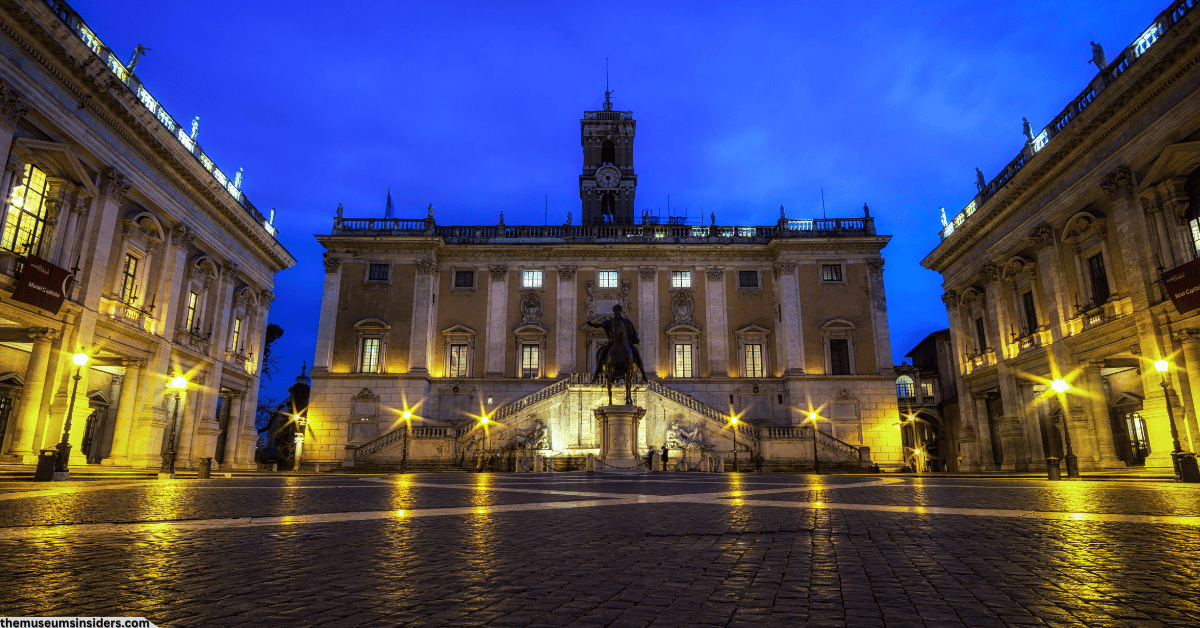
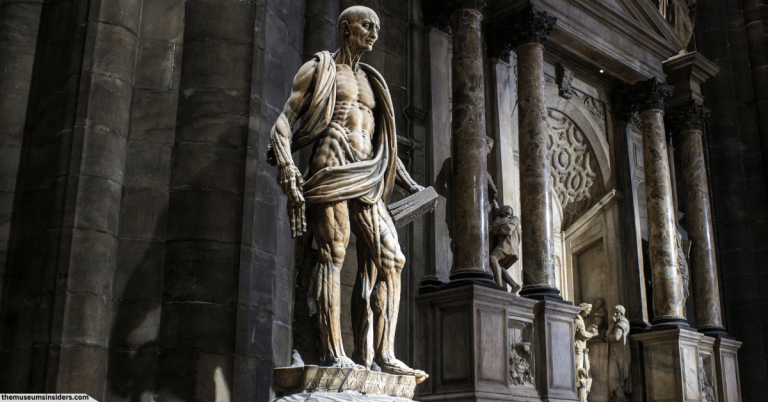
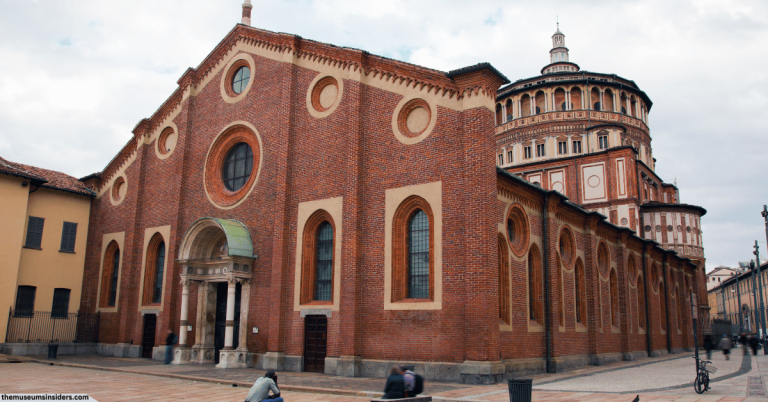
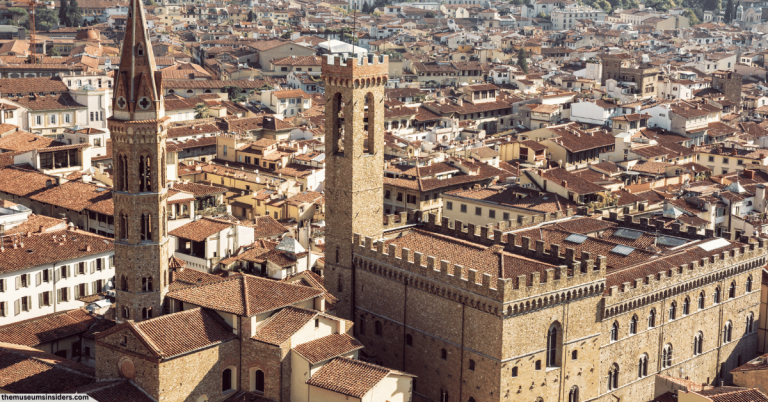




Howdy, i read your blog occasionally and i own a similar one and i was just curious if you get a lot of spam feedback?
If so how do you stop it, aany plugin or anything you can suggest?
I get so much lately it’s driving me mad so any help is very much appreciated. https://www.waste-ndc.pro/community/profile/tressa79906983/
Ok Thanks
Howdy, i read your blog occasionally and i own a similar one
annd i was just curious if you get a lot of spam feedback?
If sso how do you stop it, any plugin or anything you can suggest?
I get soo much lately it’s driving me mad so any heslp is verry
much appreciated. https://www.waste-ndc.pro/community/profile/tressa79906983/
Ok thanks dear
Excellent way of describing, and fastidious article to get information on the topic
of my presentation topic, which i am going to present in school. https://wakelet.com/wake/y9-7dogSI1hFhn7oxMIzN
Excellent way of describing, and fastidious
article to get information on the topic of my presentation topic, which i am going
to present in school. https://wakelet.com/wake/y9-7dogSI1hFhn7oxMIzN
Hello Dear, are you in fact visiting this site on a regular basis, if so
then you will definitely obtain nice experience. https://caramellaapp.com/milanmu1/FxffgWxcb/hifu
Hello Dear, are you in fact visiting this site on a regular basis, if so then you will definitely obtain nice experience. https://caramellaapp.com/milanmu1/FxffgWxcb/hifu
ok got its
I think what you posted made a bunch of sense. But, think
on this, suppose you added a little information? I ain’t suggesting your content isn’t solid, but suppose
you added a title that grabbed people’s attention? I mean Discover
the Capitoline Museums: A Journey Through Rome's Historical Treasures – The Museum Insiders is kinda
boring. You might look at Yahoo’s home page and see how they write article titles to
get people to click. You might add a related video or a pic or two to
grab readers excited about everything’ve written. Just my
opinion, it might bring your blog a little bit more interesting. https://vidico.com/news/blockchain-animation/
ok good
I appreciate your willingness to share your knowledge with others; it’s greatly valued.
thanks brother
Your devotion and enthusiasm shine through in every paragraph. It’s truly remarkable.
Thanks